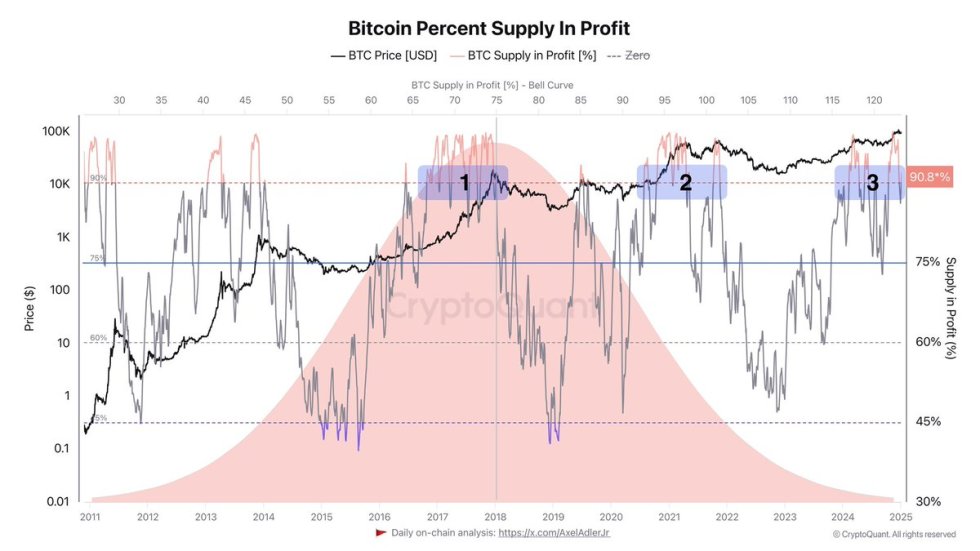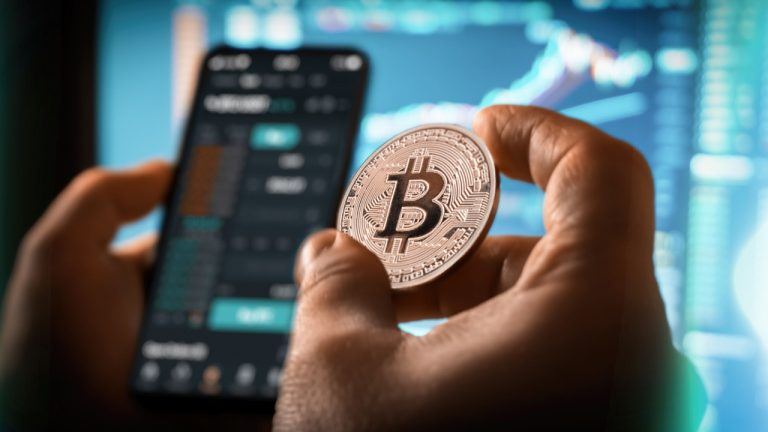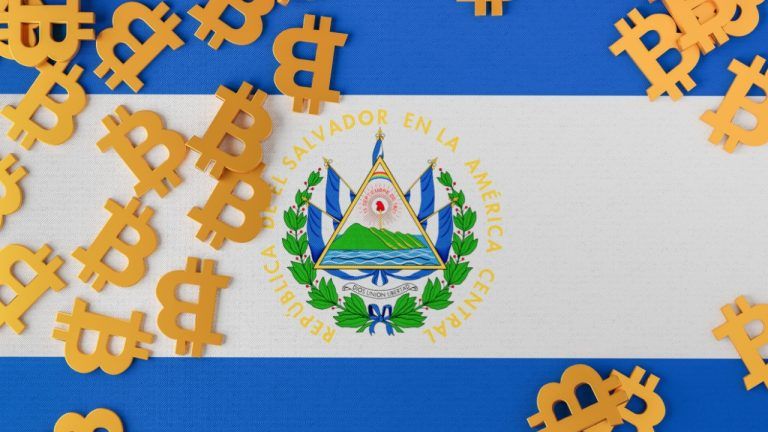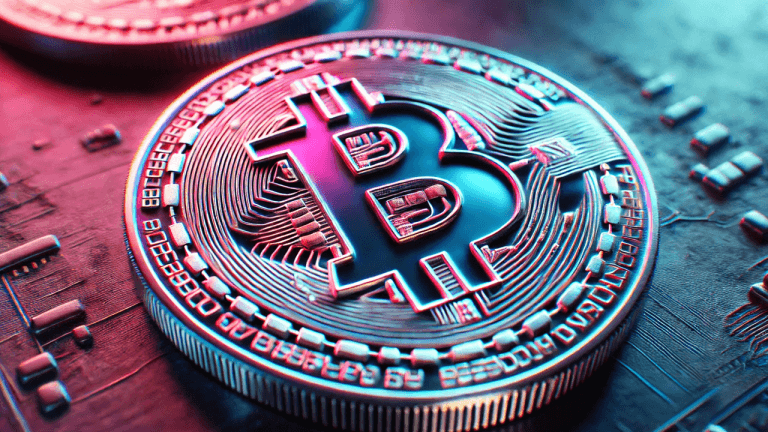Mainstream media, CNBC to be exact, experienced the power of Lightning. The article’s snatchy title says it all, “We sent bitcoin from Miami to a Ukrainian in Poland who withdrew it as cash, all in less than three minutes.” The recipient was Alena Vorobiova and her face at the end of the video also says it all. Bitcoin developer Gleb Naumenko assisted in the operation, and MacKenzie Sigalos represented CNBC. She hosted one of Bitcoin 2022’s most interesting panels and was still in Miami when the experiment took place.
Spoiler Alert, this was the result:
“The bottom line? It really does work as well as bitcoin boosters say it does.
The process of downloading a crypto wallet onto Vorobiova’s phone, transferring bitcoin over the Lightning Network from the U.S. to Poland, and withdrawing the equivalent in Polish currency from a bitcoin ATM from the southwest city of Wrocław took less than three minutes.”
That’s the power of the Lightning Network for you. Let’s explore how the whole situation came to be and why it’s important for refugees everywhere. And for everyone, really.
How Much Money Did CNBC Send?
According to CNBC, “money providers often charge transfer fees of 10% or more when you send $100 from the U.S. to Ukraine.” However, as you might’ve heard, the current situation in her country is a little complicated. She’s in Poland now, in the city of Wrocław to be exact. There are fifteen bitcoin ATMs there. Luckily, at least one of them supported Lightning transactions, and:
“She ended up with 170 zloty, the Polish currency, worth about 100,000 sats or $40. The ATM company took a fee of 10 zloty, or about 5.5% of the total transaction.”
Needless to say, that’s the ATM’s cut. This might be the easiest, but, it’s not the optimal way to transform BTC into fiat currency. The Lightning Network fees “amounted to fractions of a penny,” and you’d better remember that. It’s also worth noting that, “In Poland, for example, there are more than 175 bitcoin ATMs, allowing refugees who fled with bitcoin to cash it back out for fiat currency.”
An advanced tip, though, is that you don’t need a bitcoin ATM taking a 5% cut to transform BTC into fiat currency. The network is liquid everywhere in the world because BTC is valuable and sought-after everywhere in the world. People that understand it and have fiat currency want to exchange their bills for BTC. In any case, “the process illustrates how refugees with no cash and no way of accessing their belongings can use crypto wallets for banking.”

BTC price chart for 04/15/2022 on Bitfinex | Source: BTC/USD on TradingView.com
How Did This Whole Situation Come About?
As it turns out, the BTC that CNBC sent to Poland was originally from What Bitcoin Did’s Peter McCormack. Last August, he “taught CNBC how to use the Lightning Network to make instant payments to anyone in the world” by sending them “100,000 satoshis, or sats (the smallest denomination of bitcoin, about 0.00000001 BTC) from his account to ours. The total transfer was equivalent to about $50.”
To close off the article, CNBC quotes a frequent Bitcoinist’s guest. The Human Rights Foundation’s Alex Gladstein tells mainstream media what we all know:
“Me sitting in California, I can still send you any amount of money instantly to your phone anytime. We don’t have to worry about the fact that you’re a refugee. It doesn’t matter that you don’t have a Polish passport or a bank account. None of these things matter.”
Such is the power of the bitcoin network. And if you use Lightning, all of that can happen in a matter of seconds with fees that amount “to fractions of a penny.”
Featured Image: Screenshot from the CNBC video | Charts by TradingView

You can get bonuses upto $100 FREE BONUS when you:
💰 Install these recommended apps:
💲 SocialGood - 100% Crypto Back on Everyday Shopping
💲 xPortal - The DeFi For The Next Billion
💲 CryptoTab Browser - Lightweight, fast, and ready to mine!
💰 Register on these recommended exchanges:
🟡 Binance🟡 Bitfinex🟡 Bitmart🟡 Bittrex🟡 Bitget
🟡 CoinEx🟡 Crypto.com🟡 Gate.io🟡 Huobi🟡 Kucoin.




















Comments